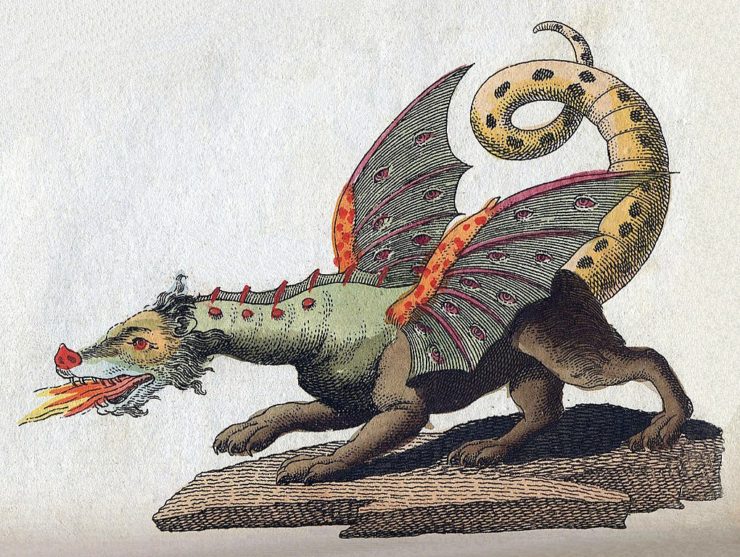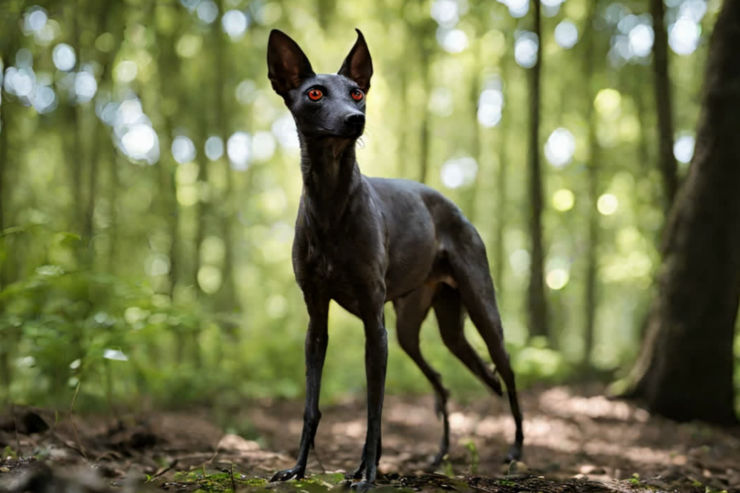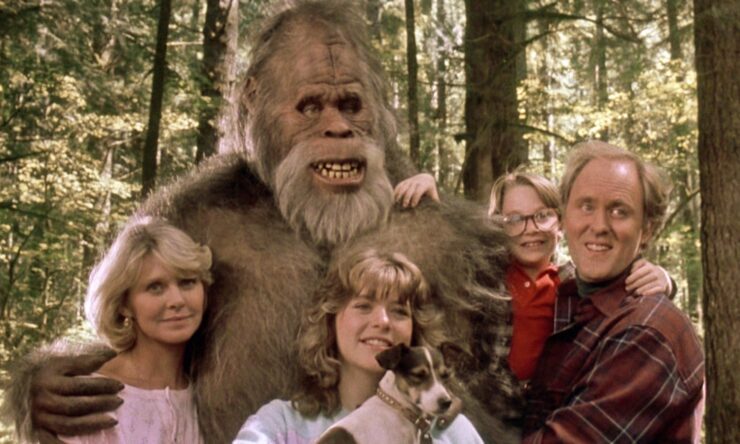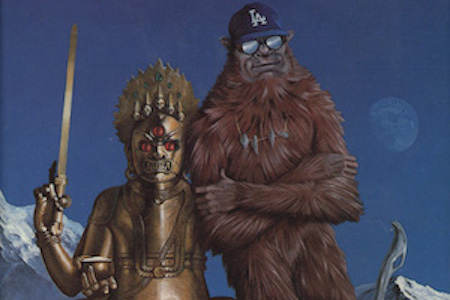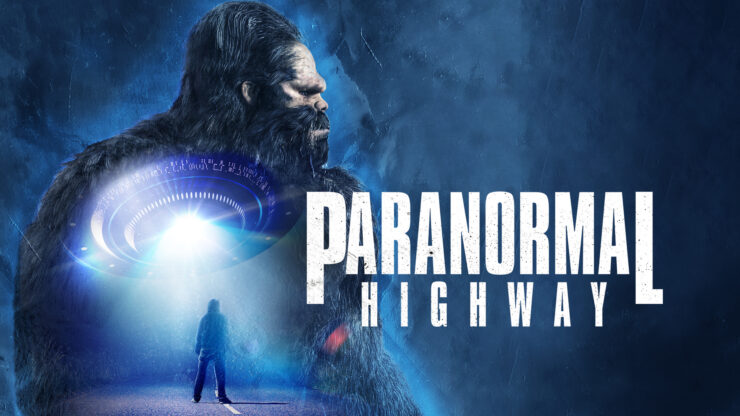When it comes to fantastic beasts, the one, the only, the genuine original, is the dragon. Dragons are fantasy. So much so that one of the most popular examples of all, Anne McCaffrey’s Dragons of Pern, despite its origins in good old-fashioned spacefaring science fiction, not only carries the label of fantasy, it’s inspired numerous younger authors.
Dragons are everywhere. Just about everyone has a version. Many are based on the Western dragon: scaled, winged, breathes fire. Some incline toward the Eastern variety: sinuous, often wingless, allied with air and water. They’re magical, mystical, and immensely powerful.
They are ancient. Apep/Apophis of Egypt, Tiamat of Mesopotamia, Typhon and the Hydra of the Greeks, the dragon that guarded the Golden Fleece, were all some form of serpent monster, often with multiple heads—the Greeks especially had a fondness for that. The dragons of China go back millennia, and have been allied with and symbolic of imperial power since the first emperor.
In the West, dragons have generally been agents of evil. They bring death and destruction, and it’s heroes’ duty and destiny to destroy them. Marduk casts down Tiamat and saves the world. St. George, like Perseus before him, slays the dragon and saves the maiden.
In the East by contrast, dragons are wise and benevolent. They are protectors of the land, bringers of rain, with power over the wind and the sea. Their presence brings good luck.
Modern fantasy has embraced the full range of draconic possibilities. Smaug is far from the only dragon in Tolkien’s legendarium. As terrible as he is, he’s the last and least of an ancient and evil lineage.
He comes out of the Western medieval and far northern tradition: the winged Wyrm who amasses a hoard of treasure and defends it against all comers. Tolkien knew, none better, the dragon that Beowulf fought in the Anglo-Saxon epic.
Anne McCaffrey by contrast took up a challenge issued by John W. Campbell and a built a science-fictional world in which a lost Terran colony genetically engineered small native fire-breathing lizards into giant fire-breathing dragons. Her dragons are a terror to the livestock they live on and the alien Thread they were created to burn out of the sky. To humans they’re allies and defenders, and their riders are telepathically bonded to them.
Tolkien’s style of dragon is rather limited in what it can do in a story. It’s a monster. Heroes have to kill it. McCaffrey’s dragons are much more fun in fan terms, and a much better fantasy. Dragonslayer is a rather one-note occupation, but dragonrider offers endless opportunity for romance and adventure.
Buy the Book
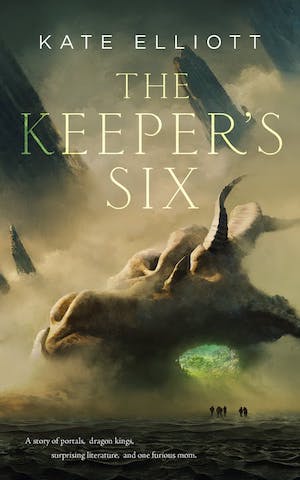

The Keeper’s Six
Another, more complex variety of dragon lives on the edges of Le Guin’s Earthsea. These great creatures are far from benevolent. They have their own reasons for being. They’re perilous for humans who encounter them, either voluntarily or otherwise. Their wisdom is deep but deadly; it’s beyond dangerous to speak with them. They’re wild in the truest sense. They can never be tamed.
More recent dragons have populated games and anime as well as written works. The Great Old One of role-playing games puts the beast right up in lights: Dungeons and Dragons, it calls itself.
So where does it all come from? The primordial serpent very likely was born out of a fundamental human fear. Snakes are deadly predators, and they can grow huge. I don’t know of any in the Eastern Hemisphere that ever reached the dimensions of the great pythons and anacondas of the Americas, but the east has its fair share of venomous snakes. Add to these the crocodiles of Africa and Asia, and there’s ample reptilian terror to feed myth and legend.
And maybe some of the legend rises out of the earth, in dinosaur fossils. China has a plenitude of them. There would be proof if anyone needed it, of gigantic serpentine creatures that lived and died in the Middle Kingdom.
Air and water, clouds and wind, give shape to Eastern dragons. The drift of cloud across a mountain range, the eye of the moon through a cloud or a fall of rain, the swirl of mist across the ocean, can seem almost sentient, if you angle your eyes just so. That’s where magic is. That’s where you’ll find your dragon.
Judith Tarr is a lifelong horse person. She supports her habit by writing works of fantasy and science fiction as well as historical novels, many of which have been published as ebooks. She’s written a primer for writers who want to write about horses: Writing Horses: The Fine Art of Getting It Right. She lives near Tucson, Arizona with a herd of Lipizzans, a clowder of cats, and a blue-eyed dog.










